-
Home
-
Data & Publications
-
Regional Portals
- About Regional Portals
- Florida
- Navassa Island
- Puerto Rico
- Flower Garden Banks
- U.S. Virgin Islands
- American Samoa
- Commonwealth of the Northern Mariana Islands
- Federated States of Micronesia
- Guam
- Main Hawaiian Islands
- Republic of the Marshall Islands
- Northwestern Hawaiian Islands
- Republic of Palau
- Pacific Remote Island Areas
-
CRCP Activities
- Glossary
Khaled bin Sultan Living Oceans Foundation - Coral Reef Ecology Curriculum Units
This page lists and describes the individual units that constitute the Khaled bin Sultan Living Ocean Foundation's Coral Reef Ecology Curriculum. These summaries of and links to the Coral Reef Ecology Curriculum do not constitute an endorsement by NOAA of the Foundation or of any information, product, or service found on the external site.
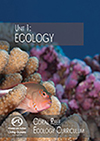
1. Ecology
This unit explains what ecologists study and how it applies to coral reefs. Teach students about the meaning of ecology, the biological hierarchy of life, and ecological levels of organizations. Use the “What is Ecology?” video, complete a worksheet about biotic and abiotic factors, and perform a biological survey of an outdoor area to reinforce these concepts.
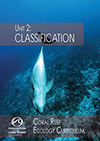
2. Classification
This unit explains how scientists organize the millions of organisms on Earth. Teach students about the Linnaean naming system, modern classification, and cladograms. Resources include “How do we Classify Organisms” video, multiple worksheets on classifying organisms, and activities that allow students to construct a dichotomous key, build a cladogram, and design a coral classification system.
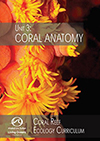
3. Coral Anatomy
This unit explains some of the characteristics and structures of corals, and how they function. Use the “Form Fits Function” and “What are Corals?” videos, explore a coral polyp’s anatomy using an online interactive, and design and build a coral polyp using recyclable materials.
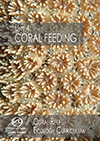
4. Coral Feeding
This unit explains what corals eat, how they feed, and additional ways that they obtain energy. Teach students about topics such as predation, symbiosis, photosynthesis, and cellular respiration. Use the “Coral: What Does it Eat?” video, imitate how corals feed and determine corals’ most successful feeding strategy, play charades to teach about symbiotic relationships, and design a model to illustrate corals’ symbiotic relationship with zooxanthellae.
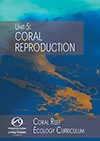
5. Coral Reproduction
This unit explains different strategies that corals use to reproduce. Teach students about both sexual and asexual reproduction. Use a video about coral reproduction, play a game of tag to learn the advantages of safety in numbers, and draw a comic to learn about the different types of coral reproduction.
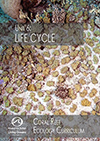
6. Coral Life Cycle
This unit explains the cell cycle and the life cycle of corals. Teach students about the life cycle, the cell cycle, mitosis, and meiosis. Use a worksheet to label the structures of a chromosome and a cell undergoing mitosis and construct a story wheel to illustrates the different stages in a coral’s life cycle.
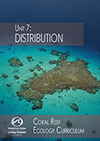
7. Coral Distribution
This unit explains the two major drivers of coral distribution: salinity and temperature. Teach students about coral distribution, currents, and the factors that drive ocean circulation. Use “Where are Corals Found” video, perform different lab exercises to determine the density of unknown liquids, and conduct an experiment showing how salinity and temperature affect the density of water.
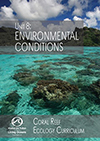
8. Environmental Conditions
This unit explains the abiotic factors that corals need to thrive. Teach students about the biotic and abiotic factors of a coral reef ecosystem. Conduct a laboratory experiment to evaluate water quality samples from different coral reef locations and use a NOAA lesson plan to compare the difference between shallow and deep-water corals.
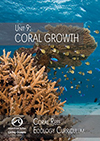
9. Coral Growth
This unit explains how corals grow and the shapes that they form. Teach students about coral growth rates and the importance of their growth forms or shapes. Simulate coral skeleton growth in different environmental conditions and eat the resulting candy corals.
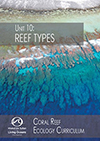
10. Reef Types
This unit explains bathymetric features of the ocean floor and how this relates to coral reefs. Teach students about Earth’s geomorphology and the various types of coral reefs. Use a NOAA lesson plan to make a bathymetric model and analyze if the ocean features are feasible for corals to grow.
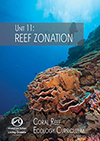
11. Reef Zonation
This unit explains the characteristics and location of the coral reef zones. Play the “Coral Reef Zones” video, create a clay model to illustrate the different vertical zones of a coral reef, and explore the zones of a coral reef like a scientist, using online GIS mapping tools.
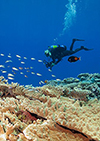
Copyright Michele
Westmorland/iLCP
12. Meet a Scientist
In this unit, students draw and discuss their vision of what a scientist looks like, investigate the careers of various marine scientists, and are encouraged to picture themselves as a scientist.


